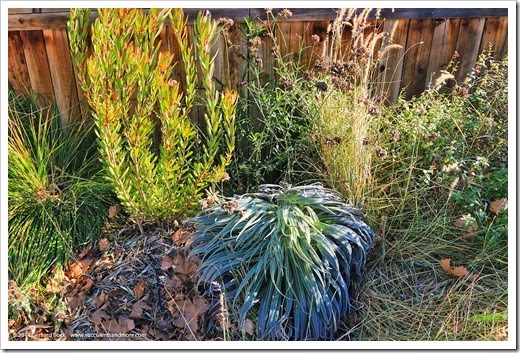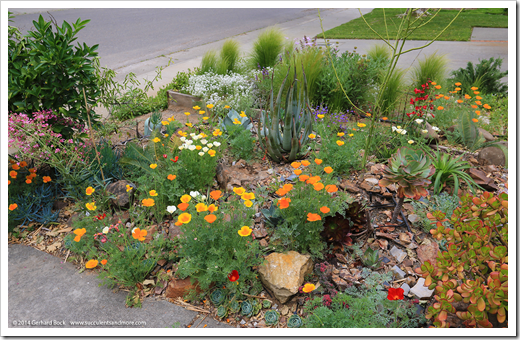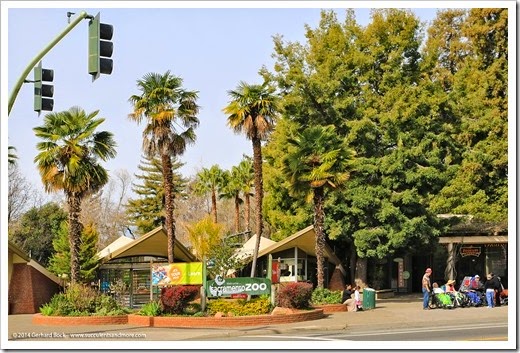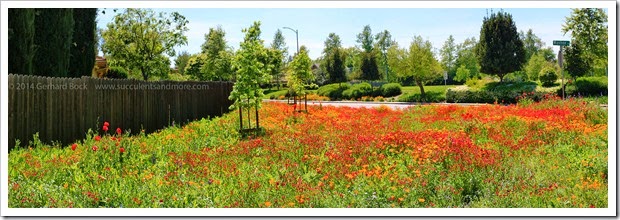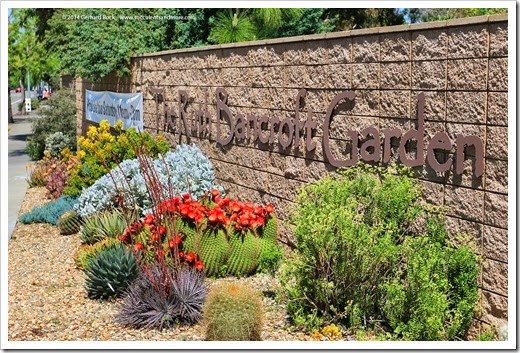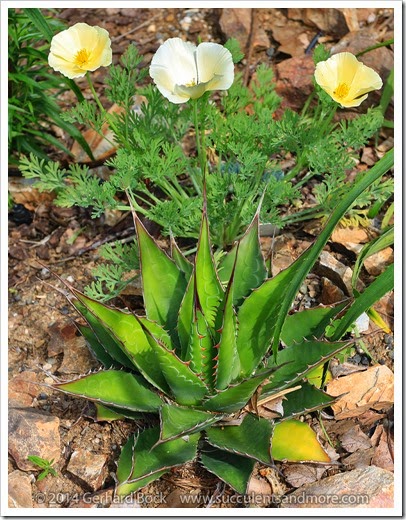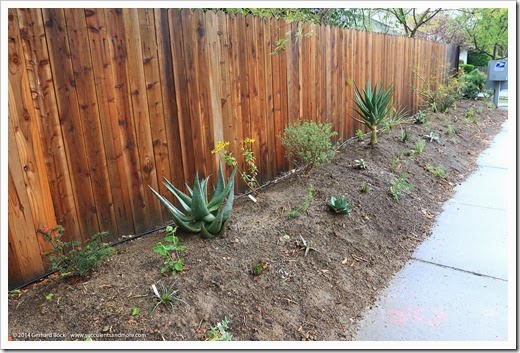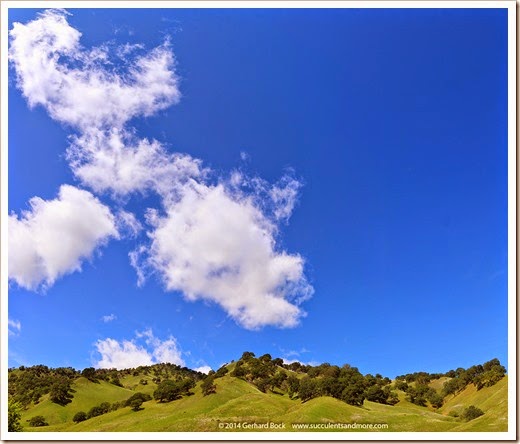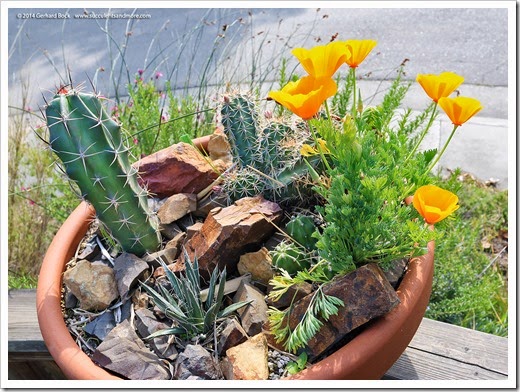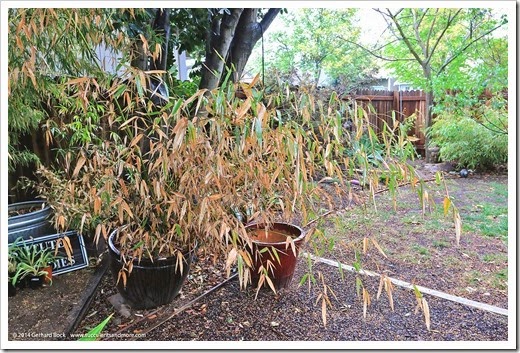Plant of the week: Aloe buhrii
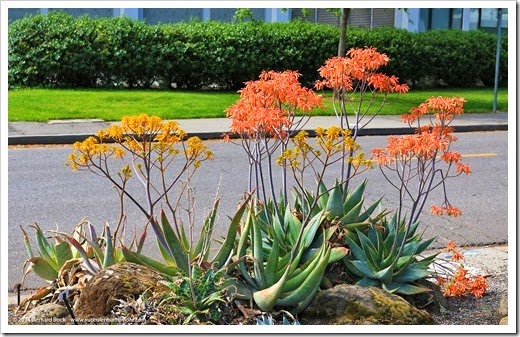
I usually forget to participate in the various “plant of the week” memes (like Danger Garden’s “ My favorite plant in the garden, this week ”), but last Saturday I came across a particularly beautiful aloe on the UC Davis campus that I want to feature today: Aloe buhrii . While most of the aloes I photographed on campus in February have finishing blooming, Aloe buhrii is now at its peak. What makes it a standout is the flower color: Unlike most aloes whose flowers are shades of red or pink, Aloe buhrii has yellow (or yellowish orange) flowers:

